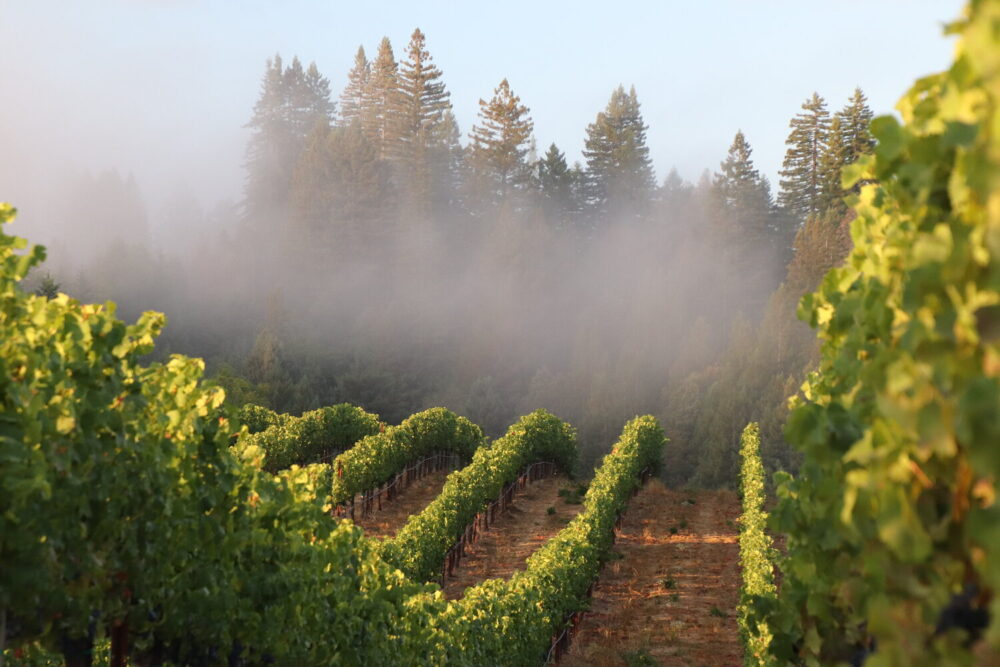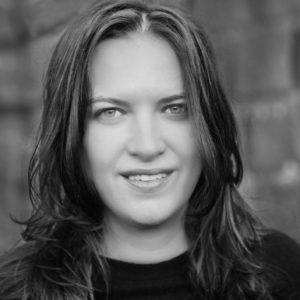
The 2023 vintage marks the 30-year milestone for the Littorai family estate, and this tasting covers 21 wines from 1993 through 2023. Except for the 1993 Pinot Noir One Acre, all of the wines for this retrospective were tasted at the end of May in New York at Union Square...… Subscribe to read more

